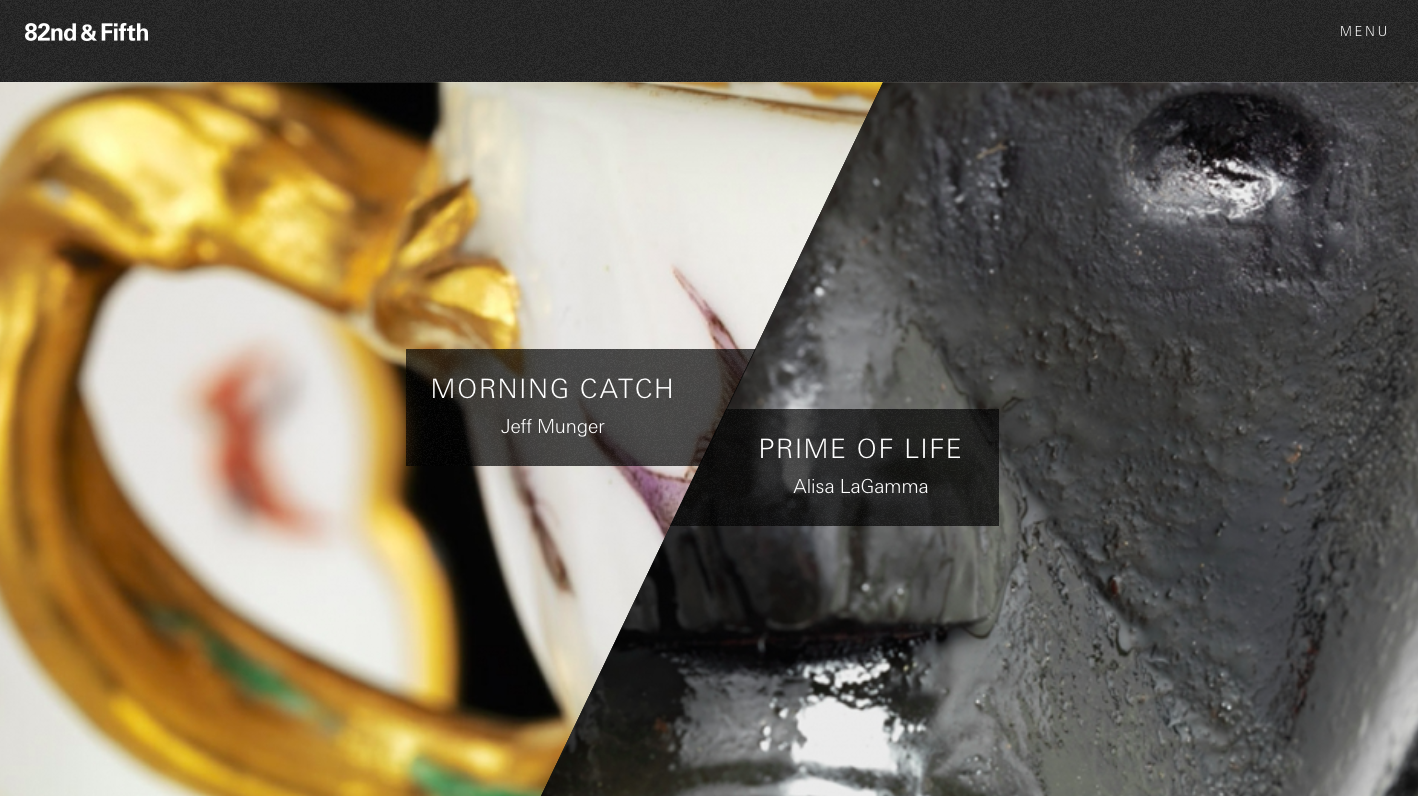 Homepage of 82nd & Fifth | The Metropolitan Museum of Art
Homepage of 82nd & Fifth | The Metropolitan Museum of Art
What is the Aesthetic-Usability Effect?
There is a social psychology term called “the halo effect”. It means humans tend to assume that good-looking people have other positive qualities aside from their looks. The same rule applies to product or any other kinds of design. Good looking products and user interface are usually perceived as more valuable and having more qualities.
This phenomenon is called “Aesthetic-usability”. It refers to users’ tendency to perceive attractive products as more usable. People are more likely to believe that things that look better will work better — even if they aren’t actually more effective or efficient.
Two researchers from the Hitachi Design Center, Masaaki Kurosu and Kaori Kashimura, first studied this effect back in 1995. They tested 26 variations of an ATM UI, asking 252 study participants to rate each design on ease of use, as well as aesthetic appeal.They found a stronger correlation between the participants’ ratings of aesthetic appeal and perceived ease of use than the correlation between their ratings of aesthetic appeal and actual ease of use.
Masaaki Kurosu and Kaori Kashimura concluded that users are strongly influenced by the aesthetics of any given interface, even when they try to evaluate the underlying functionality of the system.
Why does aesthetic design matter?
In psychology, emotional reactions to stimuli are called affective responses. It happens very fast, and is governed in an automatic, unconscious way by the lower centers of the brain. That part of the brain also governs basic instincts like fear, sex, breathing, blinking. However, it is this instant, pre-conscious pleasant response of seeing a well designed product that makes people predisposed to find a beautiful design easy to use—an effect that lingers long after the conscious behavioral and reflective levels of processing come into effect. And this perception are usually resistant to change. Studies have shown that early impressions of a product influences long-term attitudes about their quality and use.
What’s more, when people are in a state of positive affect, their neurotransmitters broaden the brain processing, the muscles can relax, and the brain are more active. Positive affect arouses curiosity, engages creativity, and makes the brain into an effective learning organism.
Aesthetic designs tend to generate the positive affect, which results in the increase of users’ ability of creative thinking and problem solving when they’re interacting with those designs. Besides, affection, loyalty, and patience are more easily evoked when people are in the positive affect. Thus aesthetic products are more likely to be treated like a friend, or a companion. This means that a user would spend more time on a visually-pleasing online shopping website, they’d be willing to spend more time to find a product, and be more likely to purchase. Whereas they’d lose their patience on a badly-designed website, and quit the moment they couldn’t find their way through the website.
However, the aesthetic-usability effect does have its limits. A neat and pleasant design can make users more forgiving of minor usability problems, but not of larger ones. When interfaces suffer from severe usability issues, or when usability is sacrificed for aesthetics, users will lose patience.